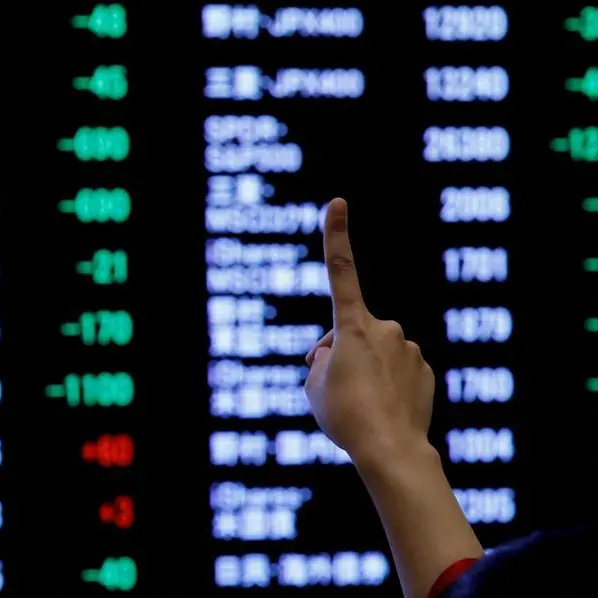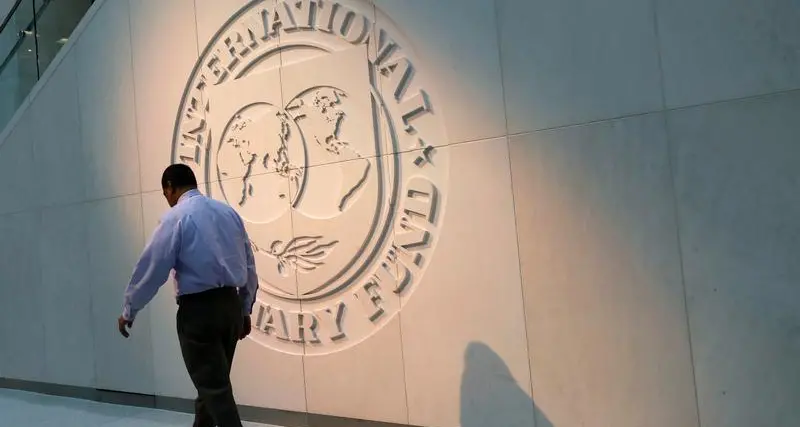PHOTO
LONDON- The oil price fell below $60 a barrel on Thursday, under pressure from high global inventories and a smaller-than-expected drawdown in U.S. crude stockpiles.
"The energy complex is drifting lower as sellers continue to bask in the bearish afterglow of yesterday's (U.S.) stats," PVM Oil analyst Stephen Brennock said.
Benchmark North Sea Brent crude oil was down 60 cents at $59.55 per barrel by 1210 GMT. U.S. light crude CLc1 was 60 cents lower at $50.55.
Global oil supply has outstripped demand over the last six months, inflating inventories and pushing crude oil to its lowest in more than a year at the end of November.
U.S. crude inventories I fell by 1.2 million barrels in the week to Dec. 7, disappointing some investors who had expected a decrease of 3 million barrels.
The Organization of the Petroleum Exporting Countries and other big producers, including Russia, said last week they would try to trim surplus supply, agreeing to cut production by a total of 1.2 million barrels per day (bpd).
That should be enough to give the market a supply deficit by the second quarter of next year, if OPEC and the other large producers stick to their deal, the International Energy Agency said in its monthly Oil Market Report on Thursday.
Oil demand growth is slowing, OPEC says.
OPEC said on Wednesday that demand for its crude in 2019 would fall to 31.44 million bpd, 100,000 bpd less than predicted last month and 1.53 million bpd less than it currently produces.
A combination of factors such as production cuts and output losses elsewhere are likely to keep markets tight in the first half of next year, Jefferies analyst Jason Gammel said.
"But... U.S. (production) growth will almost inevitably re-accelerate in 2H19 as incremental pipeline capacity is installed in the Permian Basin. This means that by early 2020 the market could move back into oversupply," Gammel added.
The United States, where crude production has hit a record 11.7 million bpd, is set to end 2018 as the world's top oil producer, ahead of Russia and Saudi Arabia.
In a sign that China wants to lower trade tensions with the United States, the country made its first major U.S. soybean purchases in more than six months on Wednesday. Investors breathed a sigh of relief across broader stock markets.
(Reporting by Christopher Johnson in London and Koustav Samanta in Singapore; Editing by Elaine Hardcastle and Susan Fenton) ((christopher.johnson@thomsonreuters.com; +44 7790 561 651; Reuters Messaging: christopher.johnson.reuters.com@reuters.net))












